The Aldi prince: what we know about ‘Essex’s answer to Tutankhamun’
New analysis suggests ancient burial site near Southend was last resting place of Anglo-Saxon royal
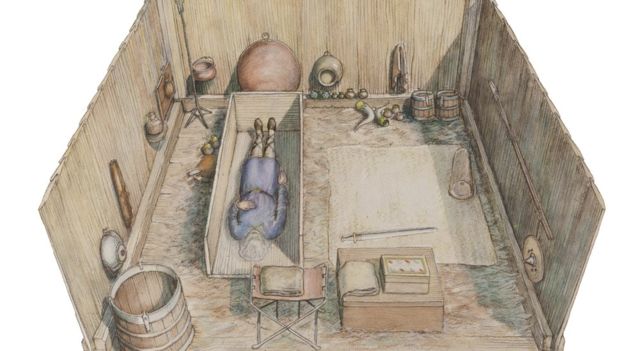
An ancient burial site discovered near an Aldi supermarket in Essex is the UK’s “equivalent of Tutankhamun's tomb”, new analysis suggests.
Workmen discovered the grave in Prittlewell, near Southend, back in 2003, during an archaeological survey in preparation for road-widening works, The Daily Telegraph reports.
Now, after being held in storage for 16 years, fresh research has revealed that the grave may be the earliest Christian Anglo-Saxon royal tomb ever unearthed in the UK, dating as far back as the sixth century.
The Week
Escape your echo chamber. Get the facts behind the news, plus analysis from multiple perspectives.

Sign up for The Week's Free Newsletters
From our morning news briefing to a weekly Good News Newsletter, get the best of The Week delivered directly to your inbox.
From our morning news briefing to a weekly Good News Newsletter, get the best of The Week delivered directly to your inbox.
According to the BBC, tooth enamel fragments were the only human remains found within the grave, but experts say their “best guess” is that the burial site was reserved for a prince.
Sophie Jackson, director of research at the Museum of London Archaeology (Mola), said the artifacts found at the site point to the occupant’s royal credentials.
“I think it’s our equivalent of Tutankhamun’s tomb,” she said. “The thing that’s so strange about it is that it was such an unpromising-looking site.”
The location of the site has prompted some news outlets to dub the mysterious occupant of the grave the “Aldi prince”. Here’s what we know about him.
A free daily email with the biggest news stories of the day – and the best features from TheWeek.com
–––––––––––––––––––––––––––––––For a concise, refreshing and balanced take on the news agenda, delivered to your inbox, sign up to the WeekDay newsletter–––––––––––––––––––––––––––––––
What was in the grave?
Research director Jackson describes the grave as being situated “between a bit of railway and a bit of road”, and “not where you’d expect to find” a royal burial site.
“It was essentially a sandpit with stains,” she said.
But extensive digging has helped give archaeologists a better picture of its formation. Yahoo! News reports that experts believe “it would have taken 113 working days to build the chamber, which contained exotic artefacts from around the world”.
The items strongly indicate that the occupant of the grave was an early Christian. They included gold-foil crosses found at the head of the coffin, which are thought to have been placed over the eyes.
However, the BBC reports that other funeral customs, “such as the burial mound, grave artefacts and wooden chamber”, reflect pre-Christian beliefs and traditions. Jackson said the grave provides a glimpse into a “really interesting time” when Christianity was “just creeping in” across the British Isles.
The BBC adds that a number of artifacts found suggest that a “high-status individual” occupied the grave, which contained a golden belt buckle and an “exceptionally large” ash-wood coffin with an “elaborate lid”, a Byzantine flagon, coloured glass vessels, an ornate drinking horn and a decorative hanging bowl, among other items.
A lyre was also found “still whole”, along with a box that is the “only surviving example of painted Anglo-Saxon woodwork in Britain”, adds Sky News.
Who was the occupant?
Initially, researchers suggested that the remains might be those of Saebert, Saxon king of Essex from AD604 to AD616.
But carbon dating has revealed that the occupant of the grave died between AD575 and AD605 - ruling out Saebert, who died at least 11 years earlier.
The fragments of tooth enamel found suggest the occupant of the grave was a male aged six at the very least, while the size of the coffin suggests he was about 5ft 8in tall, says the Daily Mirror.
Based on that information, experts say their “best guess” is that the tomb belonged to Seaxa, Saebert’s younger brother. The Daily Telegraph says the state of the remains indicate that Seaxa “died before his prime”.
Jackson said there has been much debate among experts “about whether he was a fully fledged hairy beast Saxon warrior, or younger”, asking: “Had he died before he could really prove himself as he could have been buried with more kit?”
What does this discovery mean?
The archaeologists who discovered the tomb have described it as “the most spectacular discovery of its kind made during the past 60 years”, comparing the level of preservation to that of the Sutton Hoo burial ship and graves, excavated in 1939, reports the Telegraph.
The Guardian notes that Essex, from a historical perspective, has long been viewed as a “backwater” in the Anglo-Saxon era, but that the burial site looks set to change such perceptions.
“What it really tells us is that the people in Essex, in the kingdom of the East Saxons at this time, are really at the forefront of the political and religious changes that are going on,” said Sue Hirst, Mola’s Anglo-Saxon burial expert.
She also noted that the date of the burial was “remarkably early for the adoption of Christianity in England” and predates Augustine’s mission to convert the country from paganism.
However, that seeming anomaly may be explained by the network of familial relationships that historians have pieced together. Seaxa’s mother, Ricula, was the sister of king Ethelbert of Kent. Ethelbert, in turn, was married to a Frankish Christian princess called Bertha, who “would have brought close knowledge of Christianity” to Seaxa’s family, says The Guardian.
–––––––––––––––––––––––––––––––For a concise, refreshing and balanced take on the news agenda, delivered to your inbox, sign up to the WeekDay newsletter–––––––––––––––––––––––––––––––
-
 How to financially prepare for divorce
How to financially prepare for divorceThe Explainer Facing ‘irreconcilable differences’ does not have to be financially devastating
-
 Why it’s important to shop around for a mortgage and what to look for
Why it’s important to shop around for a mortgage and what to look forThe Explainer You can save big by comparing different mortgage offers
-
 4 ways to save on rising health care costs
4 ways to save on rising health care costsThe Explainer Health care expenses are part of an overall increase in the cost of living for Americans
-
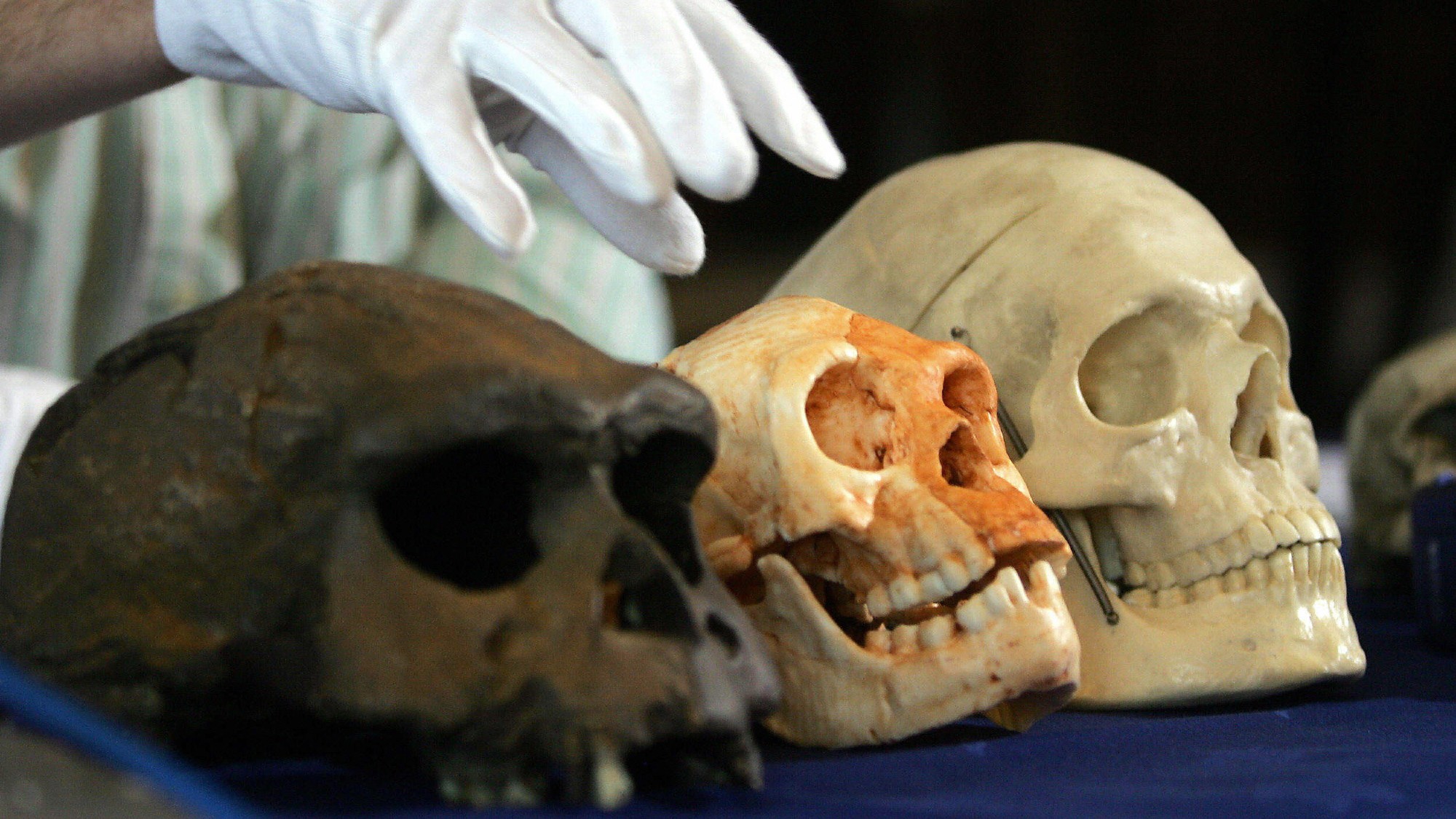 Homo floresiensis: Earth’s real-life ‘hobbits’
Homo floresiensis: Earth’s real-life ‘hobbits’Under the Radar New research suggests that ‘early human pioneers’ in Australia interbred with archaic species of hobbits at least 60,000 years ago
-
 Mendik Tepe: the ancient site rewriting human history
Mendik Tepe: the ancient site rewriting human historyUnder The Radar Excavations of Neolithic site in Turkey suggest human settlements more than 12,000 years ago
-
 The seven strangest historical discoveries made in 2025
The seven strangest historical discoveries made in 2025The Explainer From prehistoric sunscreen to a brain that turned to glass, we've learned some surprising new facts about human history
-
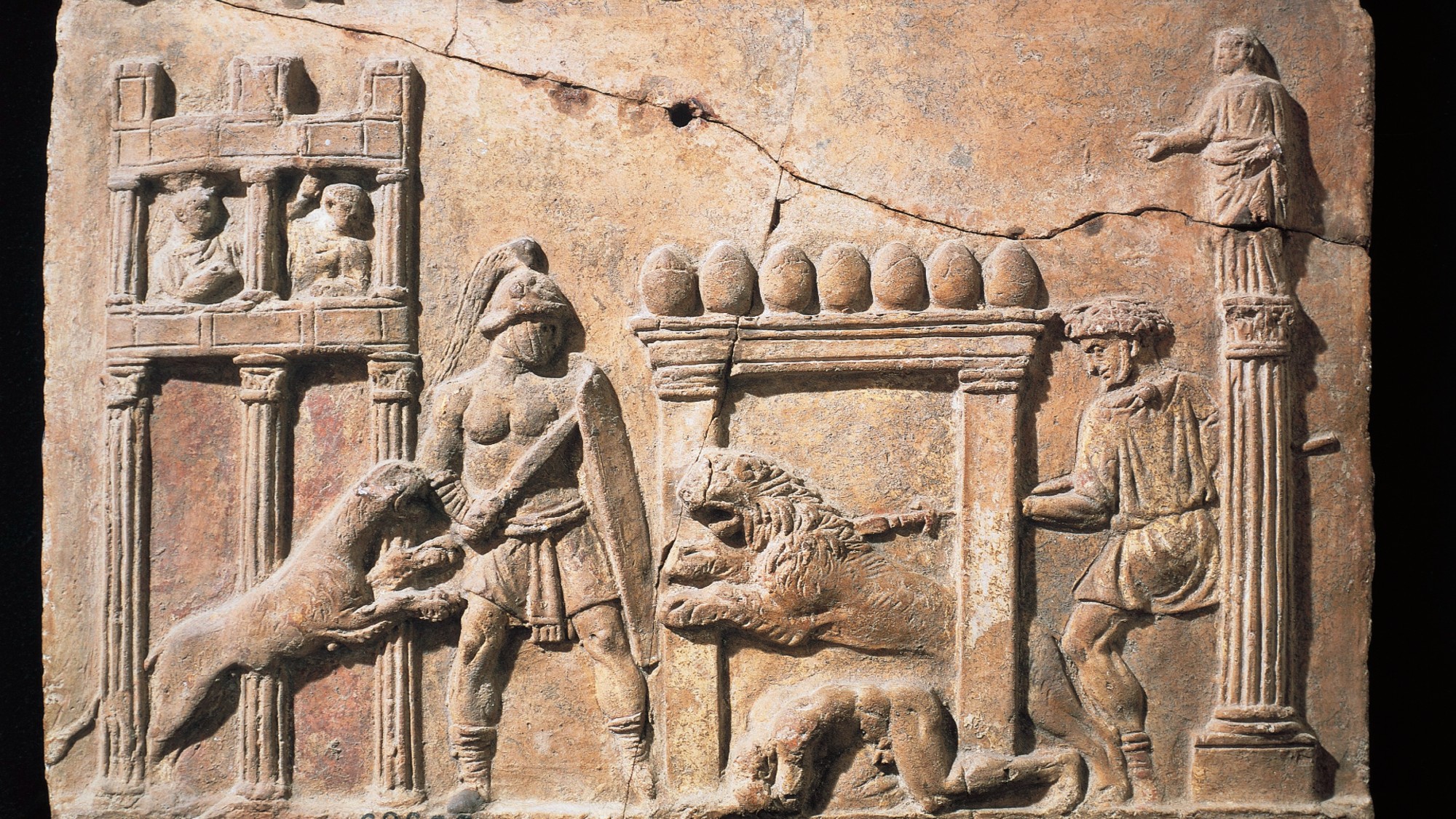 Scientists have found the first proof that ancient humans fought animals
Scientists have found the first proof that ancient humans fought animalsUnder the Radar A human skeleton definitively shows damage from a lion's bite
-
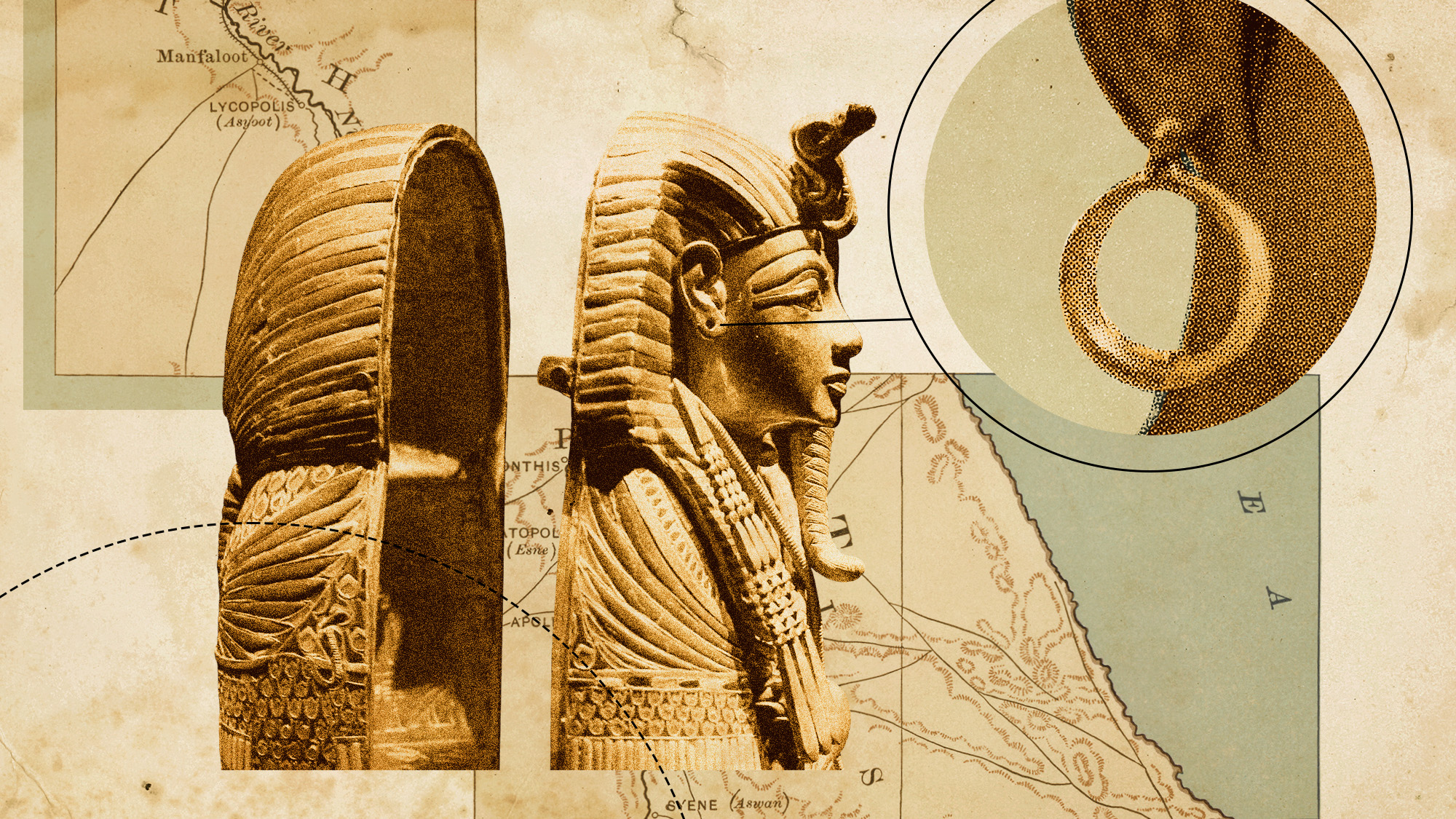 Tutankhamun: the mystery of the boy pharaoh's pierced ears
Tutankhamun: the mystery of the boy pharaoh's pierced earsUnder the Radar Researchers believe piercings suggest the iconic funerary mask may have been intended for a woman
-
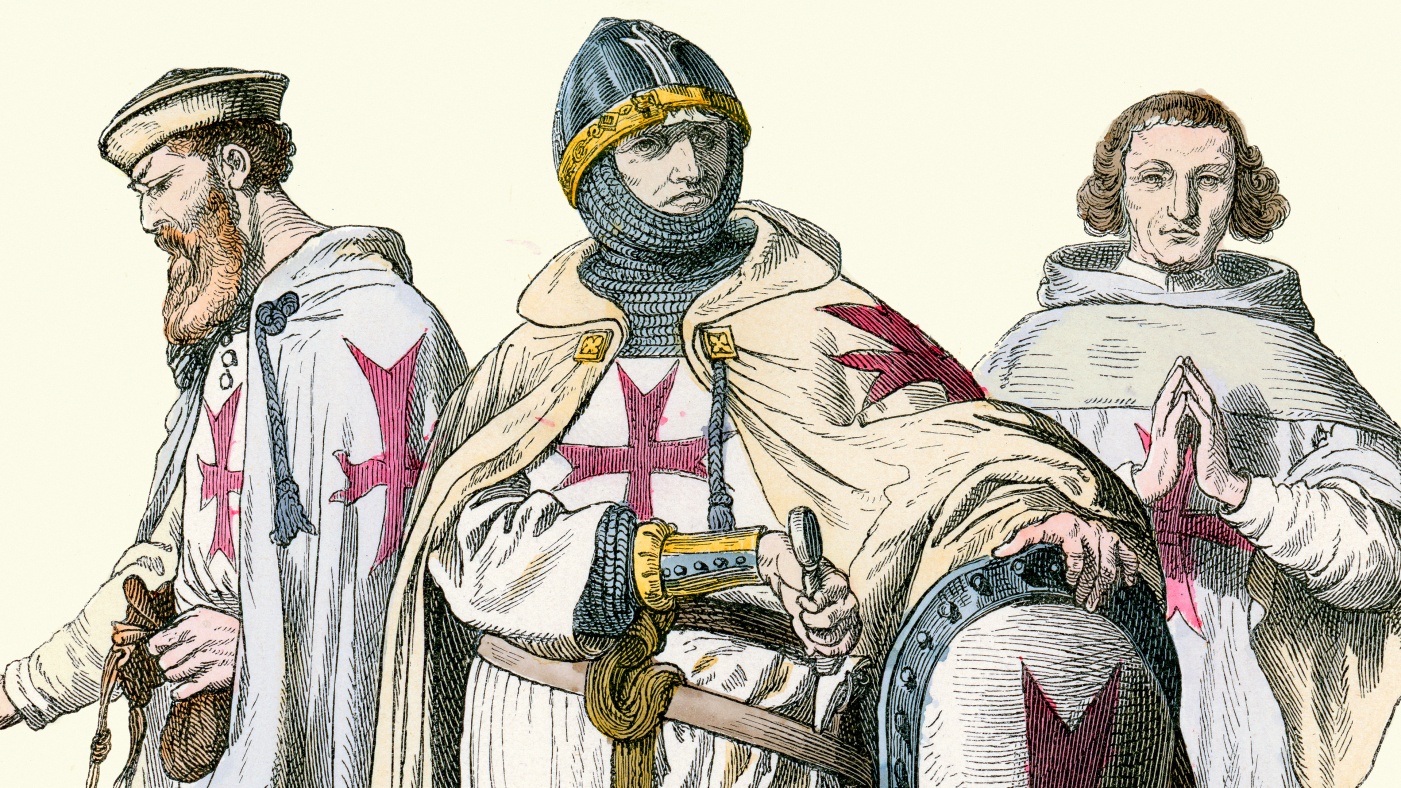 The discovery that sheds new light on the Knights Templar
The discovery that sheds new light on the Knights TemplarIn Depth Medieval tombs linked to the Holy Grail crusaders have been uncovered in a Staffordshire churchyard
-
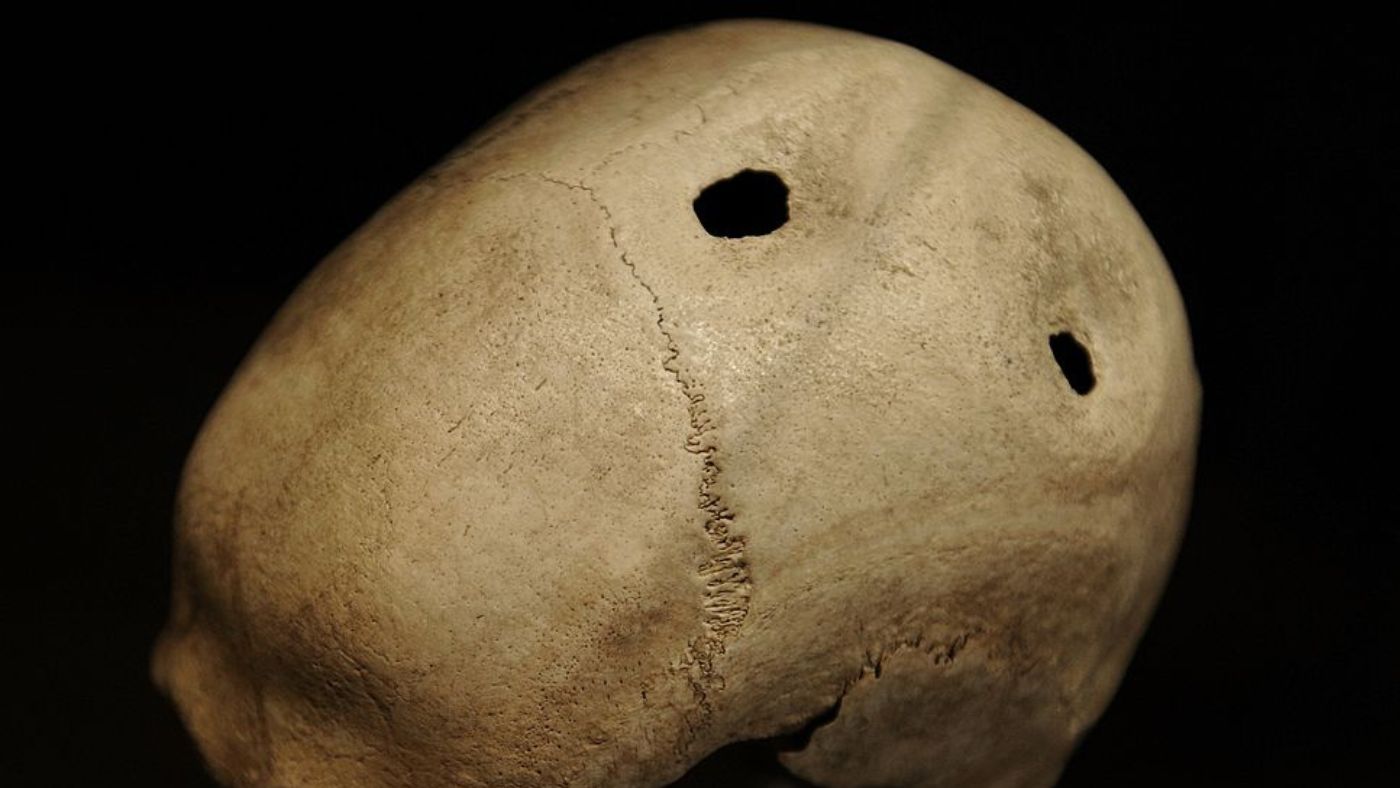 Rare brain surgery performed 3,500 years ago
Rare brain surgery performed 3,500 years agoSpeed Read Archaeologists discover punctured skull dating back to 1500BC below floor of Israel home
-
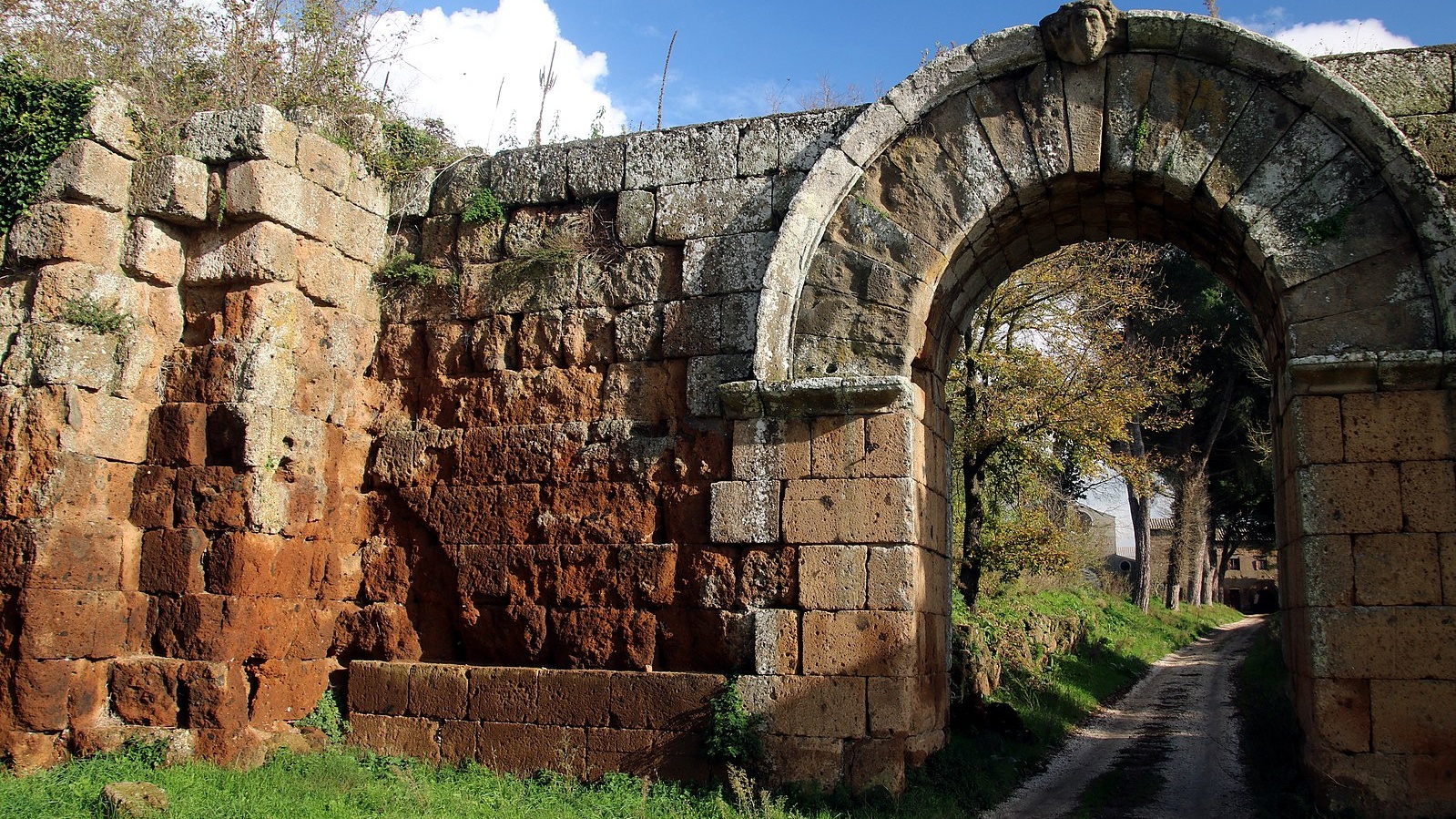 Archaeologists map Roman city using ‘quad bike and radar’
Archaeologists map Roman city using ‘quad bike and radar’Speed Read New scanning system reveals ‘elaborate’ details of ancient settlement